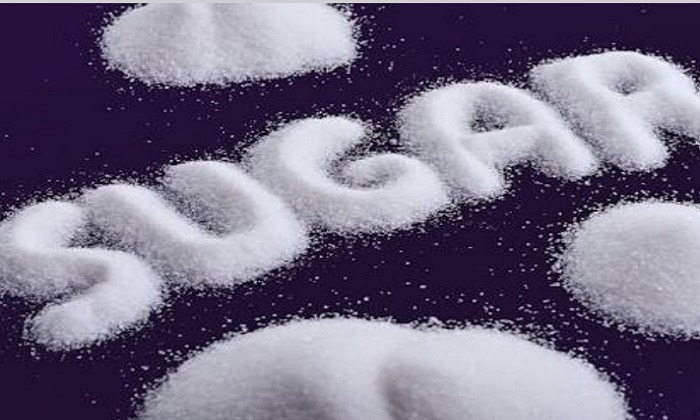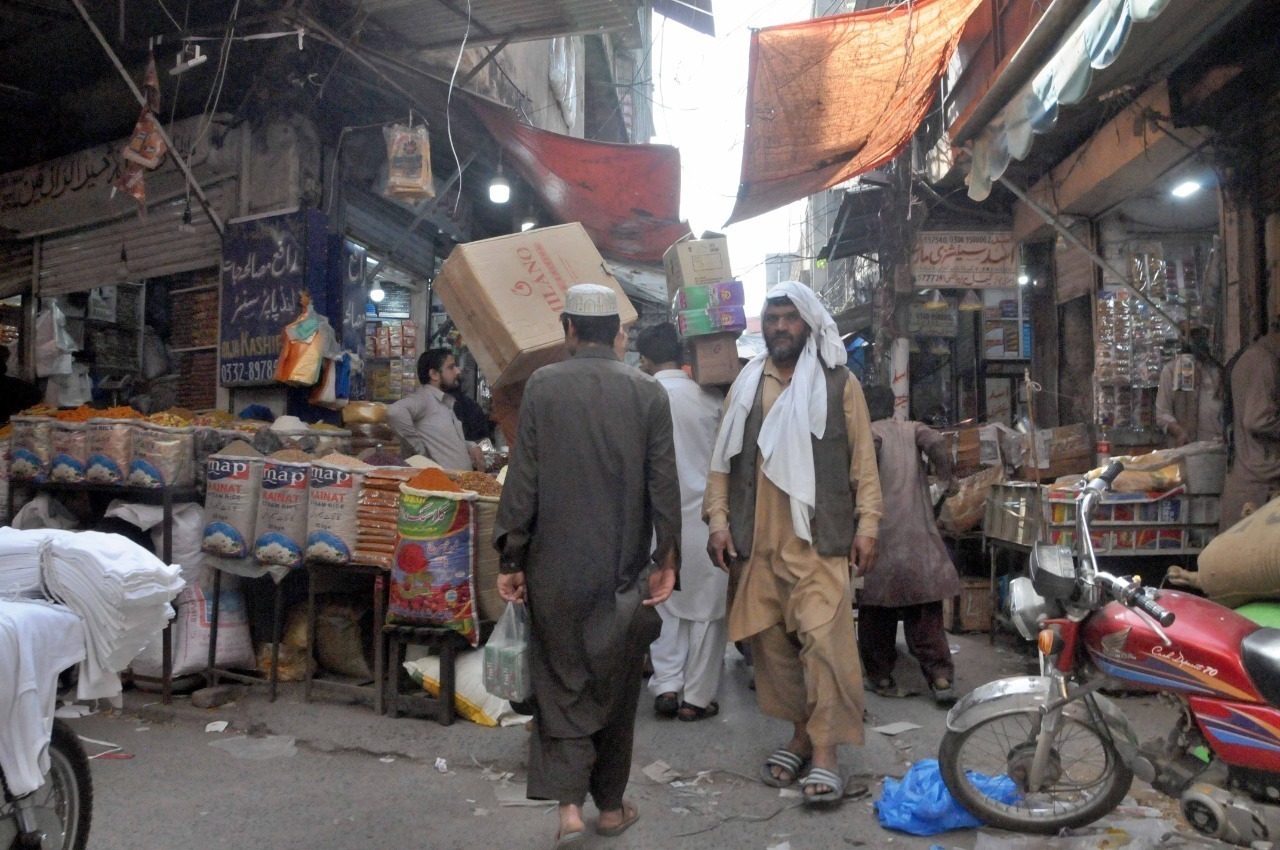Subsidy Scam: Sugar Industry Input to National Kitty is in Adverse
Pak Chronicle Report
Islamabad
The Sugar Forensic Commission (SFC) constituted to investigate and assign responsibility for the shortage and price hike of the commodity in the country in recent times has declared that the sugar industry’s contribution to the national exchequer is in the negative due to the subsidy availed.
The SFC maintained it forensic report that the subsidy, in any case, is not directed towards the growers and instead benefits the sugar mills and, therefore, the whole purpose of subsidy is defeated.
sugar sector receives Rs350 billion subsidy: Another Interesting aspect of analysis on subsidy is that the sugar sector, with an average annual turnover of around Rs350 billion, received a subsidy of more than Rs29 billion from January 2015 to- date, it further stated.
During the 2013-14 to 2018-19, they paid direct taxes of Rs22.37 billion; claiming a refund of Rs12.03 billion at the same time.
Whereas the tax demand created by the FBR against the sugar industry is Rs13.58 billion. “In other words, the sugar industry’s contribution to the national exchequer is in the negative due to the subsidy availed,” the report maintained.
Conclusion on Export of Sugar: The export of any commodity is based upon its availability and surplus stock in the country and its competitiveness of its price in the international market.
The sugar exports also require careful calculation of the stacks that are available, but in Pakistan where there is a total dependence on Pakistan Sugar Mills Association (PSMA) for calculating these stocks and strategic reserves, the situation remains very difficult for any government to decide with clarity about the exports.
However, the governments tend to accept whatever figures are provided by the PSMA in making this decision.
PSMA vested interests pave way for sugar export: The PSMA, however, has its own interest in making a case for exports and, therefore, in portraying the stack position as is suited to its benefit.
The commission has clear evidence that the stacks position of the mills is, in reality, much different from that which is portrayed on paper.
Government needs to devise system for verifying sugar stocks: It is imperative that the government should have a proper system for verifying stocks. As far as the issue of subsidy is concerned, it has been amply clear from the analysis of the subsidy schemes that there is a clear pattern whereby PSMA applies pressure on the Government by threatening to not start the crushing season unless export with subsidy is allowed.
The governments seem to be succumbing to these pressure tactics each year and hastily agreeing to allow export with subsidy, without proper calculations.
There seems to be a clear pattern in the sugar export schemes of 2015, 2016, and 2017 that initially, export of sugar was allowed without subsidy and subsequently, after a relatively shorter period of time, huge amounts from the public exchequer were allocated for subsidy.
Political maneuvering to get sugar subsidy: This clearly indicates the collusion, clout and political maneuvering of the sugar mill owners who are able to influence the decisions according to their wishes and desires irrespective of which political party is at the helm of affairs.
In the recent past, there is a visible tendency apparent in the decision- making of the Federal Government which has shied away from the policy of subsidy to the sugar mills at the federal level. The commission has worked out the cost of production of the sugar mills and it is clear that the cost of production of sugar which is the basis of calculation of subsidy of sugar, is far lower than that portrayed by the PSMA and, therefore, in fact, sugar subsidy was never justified.
Monis Elahi & Makhdum Sheryar get maximum benefits of subsidy. During the subsidy scheme period from January 2015 to February 2020 following are the major beneficiaries of the total subsidy of Rs29,226.99 million.
KU Group, owning 04 sugar mills, is owned by Monis Elahi and Makhdum Omer Sheryar. They availed 14.19% of the total export subsidy amounting to Rs4,145.98 million.
JDW Group ranks second as beneficiary of subsidy: JDW Group, owning 06 sugar mills is owned and controlled by Jahangir Khan Tareen and Makhdum Syed Ahmad Mehmud.
The JDW Group availed 12.28% of the total export subsidy amounting to Rs3,590.34 million.
Hunza sugar mills availed 9.872of the total export subsidy amounting to Rs2,871.09 million. Hunza sugar mills are owned by Muhammad Waheed Ch, Idrees Ch and Saeed Ch.
Omni Group avails 8% subsidy: OMNI Group, owning 09 sugar mills is owned and controlled by Anwar Majeed. OMNI Group availed 7.95% of the total export subsidy amounting to Rs. 2,324.38 million.
Fatima sugar mills availed 7.89% of the total export subsidy amounting to Rs2,305.80 million. Fatima Sugar mills is owned by Faisal Ahmad Mukhtar and family.
Al-Molz Group, owning 05 sugar mills is owned and controlled by Shamim Ahmed Khan and Nauman Ahmed Khan, This Group availed 5.02% of the total export subsidy amounting to Rs1,467.12 million.
Sharif Family avails 3.4% of subsidy: Sugar mills owned by Sharlf family, availed 3.47% of the total export subsidy amounting to Rs1,041.77 million.
Ends



